When you think of heli-skiing, you probably imagine a snow-covered expanse, with waves upon waves of white-tipped mountains as far as the eye can see.
Beneath your ski or snowboard boot? The white stuff, obviously. Lots and lots of it. And that’s about it. Right?
Not exactly.
As the heli-skiing season slips away and summer takes hold of the mountainous regions in which we operate, an entirely new world unfolds. And if you’ve only ever been out here to slide on snow, you might have a hard time imagining it.
Not to fear, we recruited the help of Mike Welch to help paint the picture. He’s a Mountain Guide who works in these mountains across all seasons. In the winter, he’s the Area Manager for CMH Galena. Mike also guides hiking across CMH when the sun shines a little hotter.

Q&A with CMH Mountain Guide Mike Welch
Let’s start at a high level. What might heli-skiers not know about heli-hiking?
With heli-hiking, we’ve got more time. More time to interact. More time to engage with one another. More daylight hours. It all adds up. As staff, we’ve got more opportunities to connect with our heli-hiking guests out in the field because the activity of hiking is slower and more intimate than heli-skiing. When you’ve got just that little bit of extra time, it creates a truly special ambiance that’s hard to describe.
How do heli-hiking and heli-skiing compare from a guiding perspective?
The rhythms of the day are similar. Breakfast, groups flying out, flying back and those sorts of things run much the same in winter and summer. That said, we spend a lot less time in the helicopter when we’re heli-hiking because we spend more time in each area. When we’re heli-skiing, we’re moving fast, sliding on snow and covering a lot of ground.
For guides, we’ve got the ability to fine-tune the heli-hiking experience a little bit more than when we’re skiing in the winter. With a group that’s got some fitness and wants to charge, we’ll find some circuits with steep ascents, maybe even a little route-finding. And we can guide them through one of our via ferratas for a little vertical challenge that’ll brush against most people’s comfort zones. If we’ve got a hiking group that wants to take it nice and easy, that’s perfect. In the summer, admiring the geology, flora, fauna and landscapes can be an activity unto itself–it can be THE thing.
READ NOW: WHAT IS A VIA FERRATA?
What would surprise heli-skiers who’ve visited CMH before, but never heli-hiked here?
First and foremost, our skiers and riders would be shocked to see some of the things they slide right over in the winter. During the colder months, we’ve got snow and some vegetation, mostly trees. When that snow goes, there is an entire ecosystem beneath our feet. The wildflowers, mosses, lichens, shrubs and sedges that carpet these areas are something special. They’re something to marvel at, so we take our time to examine them. And we see these signs of life eking out an existence even in the rockiest, craggiest spots that get battered by the elements all year long. Every step when you’re heli-hiking is a new interaction with the landscape.

As for fauna, we see all kinds of critters in the summer. There are a ton of wildlife that move through these landscapes. Pikas, who you’ll often hear before you actually see, are busy sheltering in their dens during the winter, but come out to forage in the sunshine. Marmots hibernate, but in the summer months we’ll often see them sunbathing on rocks. I think our heli-skiers would get a kick out of seeing what the mountain goats get up to, or rather where they get up to. The way they can scale rock and traverse through precarious sections of terrain is astounding. That’s why we’ve got the term ‘mountain goat’ for someone who moves well in the mountains.
What about terrain in each season? How does it compare?
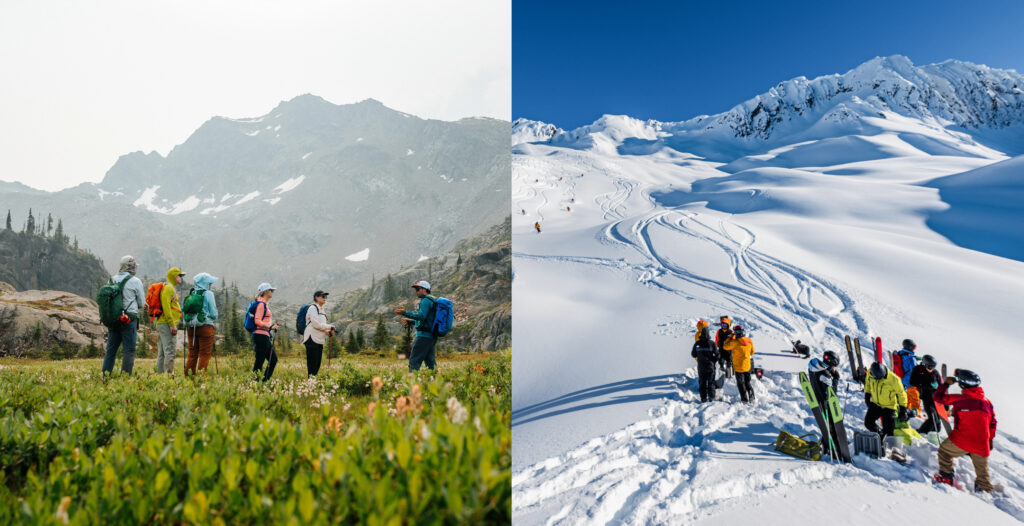
A lot of the places we ski in the winter, even the kinds of terrain that guests might not think twice about, look wildly steep in the summer. I think many of our heli-skiers would have a tough time believing some of the stuff they’ve skied is even skiable if they only saw it in the summer, without the snow to fill it in and create a skiable slope.
READ NOW: IN PHOTOS: A WINTER AMONG THE PEAKS
Even some of the places that feature softer, rolling terrain in the winter can often be tough, rocky sections without snow. Snow makes things a hell of a lot easier, in that sense.
What are the things that tell you the seasons are changing?
Bears, honestly. In the springtime, bears start to pop out lower in the valley and that tells me winter is coming to a close. The valley is where they find food early in the year. I’ll see them roaming around, often with new cubs in tow. We had some beautiful, healthy bears around CMH Galena after the heli-skiing season last year.
As summer comes around, they move up high and move in and around some of the places we visit heli-skiing, which is hard to believe when you see it blanketed with snow.
Then, when they return back down to the valley to where the vegetation is still growing, I know fall is on its way. For those of us living in mountain environments during the transitional times of the year, we see these seasonal changes again and again.
Lastly, what would you tell a group of heli-skiers about heli-hiking at CMH?
I love skiing, that much is obvious. But the summer experience has so much to offer, too. There’s a lot of adventure out here when the snow melts. All kinds of challenges to face, geared for all different kinds of skills and abilities.
The remoteness of where we’re hiking is a special thing, too. That’s becoming a harder thing to find nowadays, as trailheads get busier. And like I said earlier, hiking is slower, and perhaps more meditative than heli-skiing. So for anyone that loves being out in the mountains, that chance to be really attuned to nature with each step is worth relishing. It’s a tactile experience weaving through the terrain, stepping up and down and climbing over the landscape.
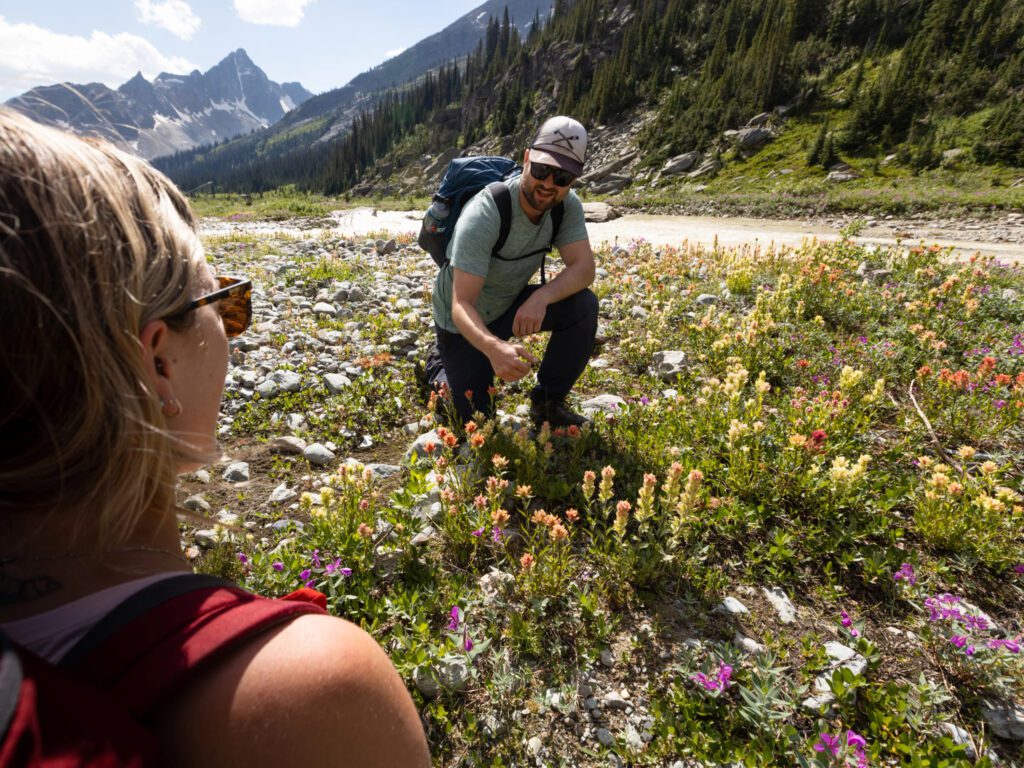
For a lot of our heli-skiers, heli-hiking can be an incredible way to share the experience of the mountains and the lodge with family and friends who might not be skiers or riders. It’s more accessible in that sense, and offers something to such a broad range of ages and abilities. And the lodge atmosphere in the summer lends itself to that. The cross-pollination of different heli-hiking groups, with a wide spectrum of people joking around, laughing and sharing meals together is a special thing.
It’s all part of what makes summer guiding so rewarding.
All-season adventure
Heli-skiing and heli-hiking are different. Different seasons. Different activities. Different rhythms. But with Mike’s help, hopefully you’ve got a sense of what makes them both so special, too.
As for next year’s heli-skiing season, it’s still a ways off and there’s plenty of hiking to do. For now, the bears are foraging up high.
But in a few months, they’ll come back to the valley once again. And we’ll know that winter isn’t far away.
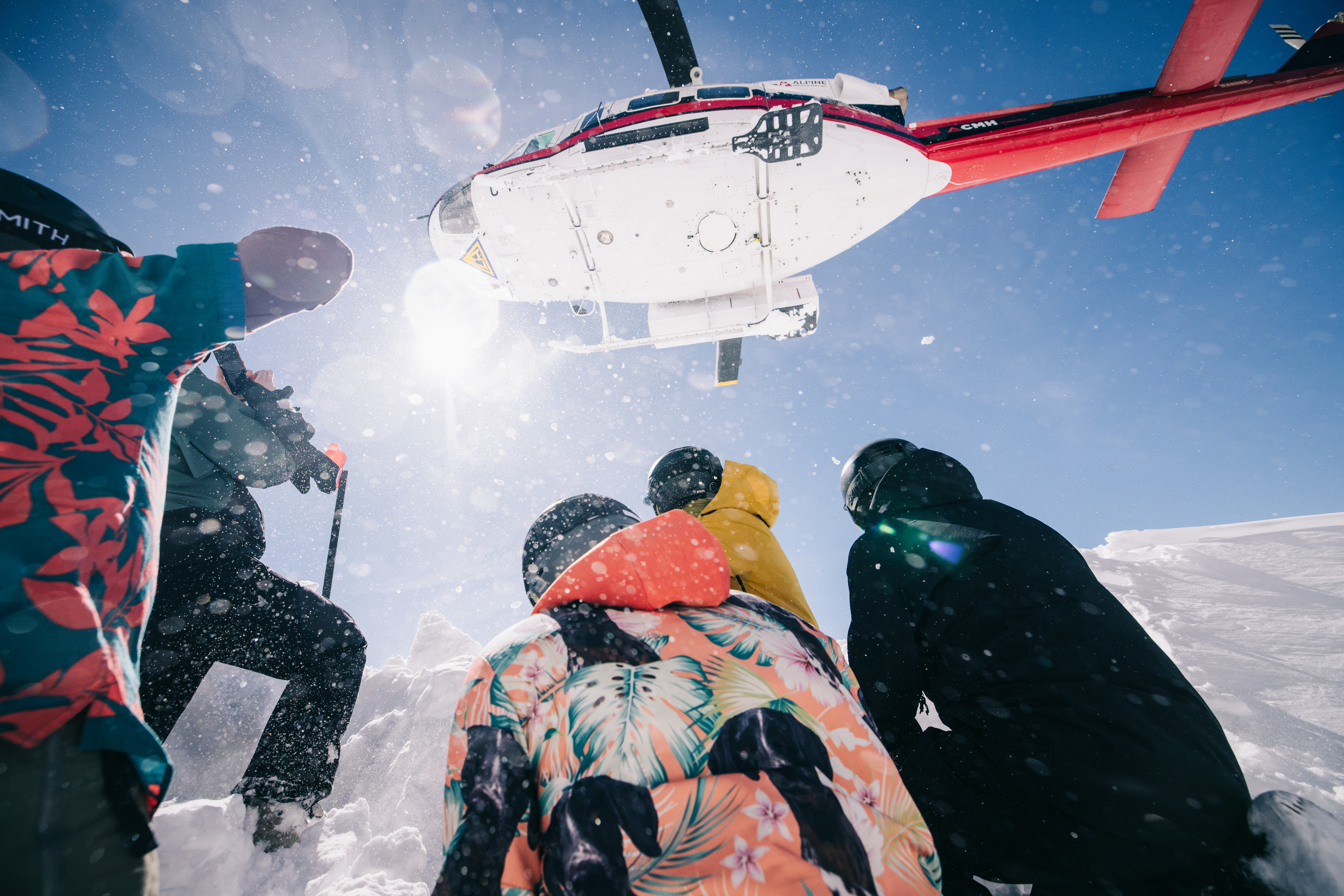


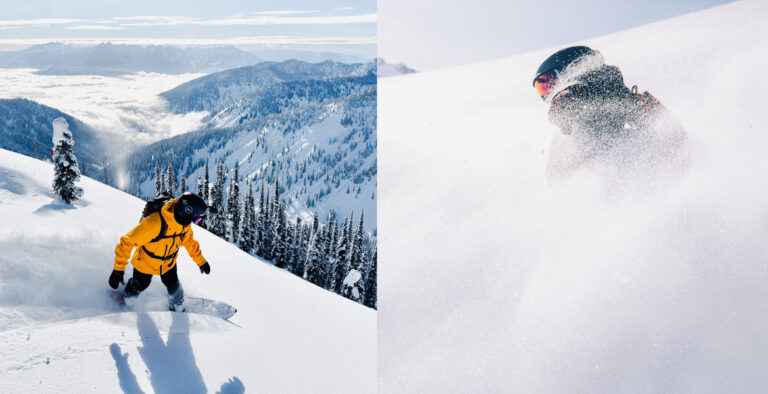
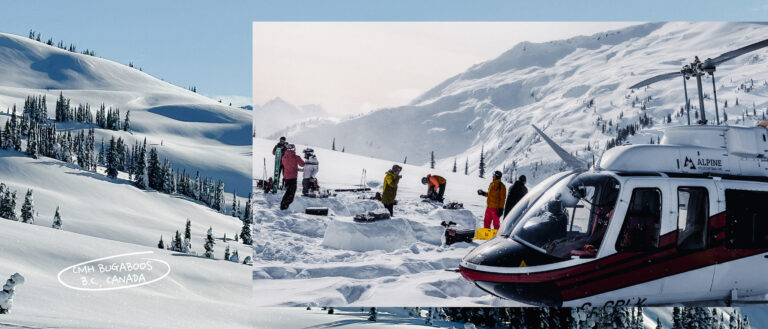

Comments